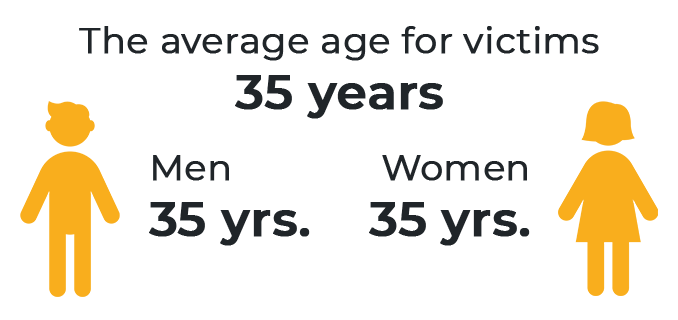Cybercrime
Never before have so many cybercrime incidences, i.e. computer-related crimes, been registered in Estonia. Here it is necessary to distinguish between computer-related frauds (section 213 of the Penal Code) and computer data and system crimes (sections 206–207 and 216–217 of the Penal Code) – the latter are more complex in nature and procedure. A typical computer crime is capturing a victim’s online account, with the victim being predominantly a younger woman. However, in addition to young people, older people also fall victim to investment frauds. Computer system congestion and other similar activities accounted for a small share (5%) in numbers but high share of cybercrime.
A victimisation survey shows that as many as 40% of people were exposed to phishing attacks in the last year.



